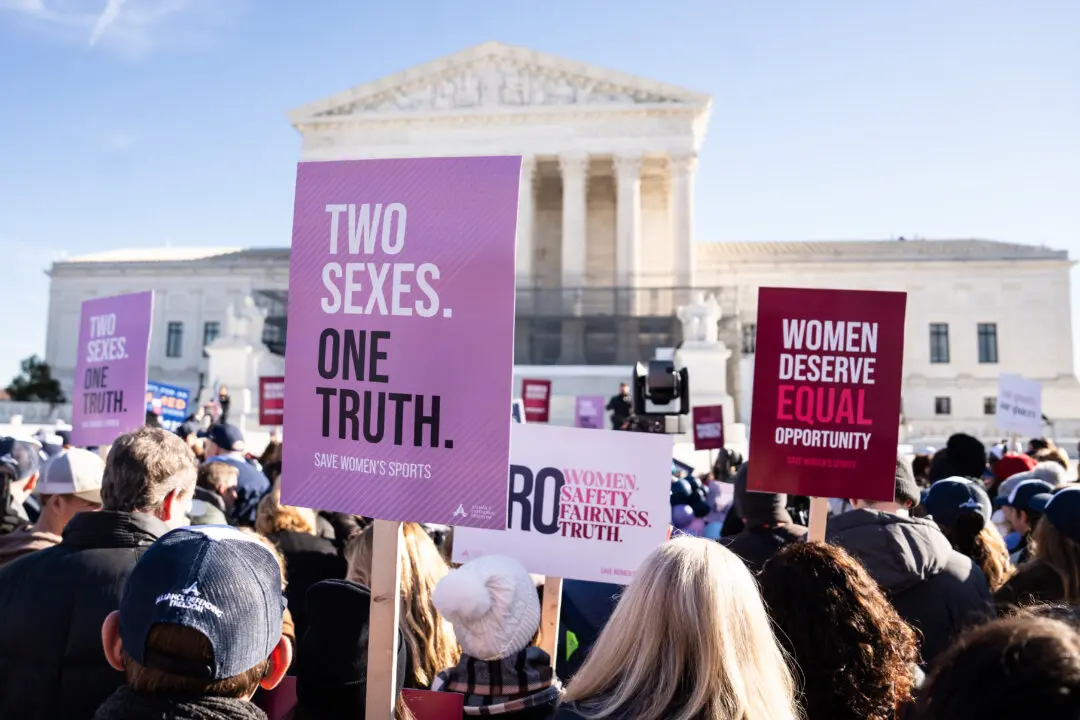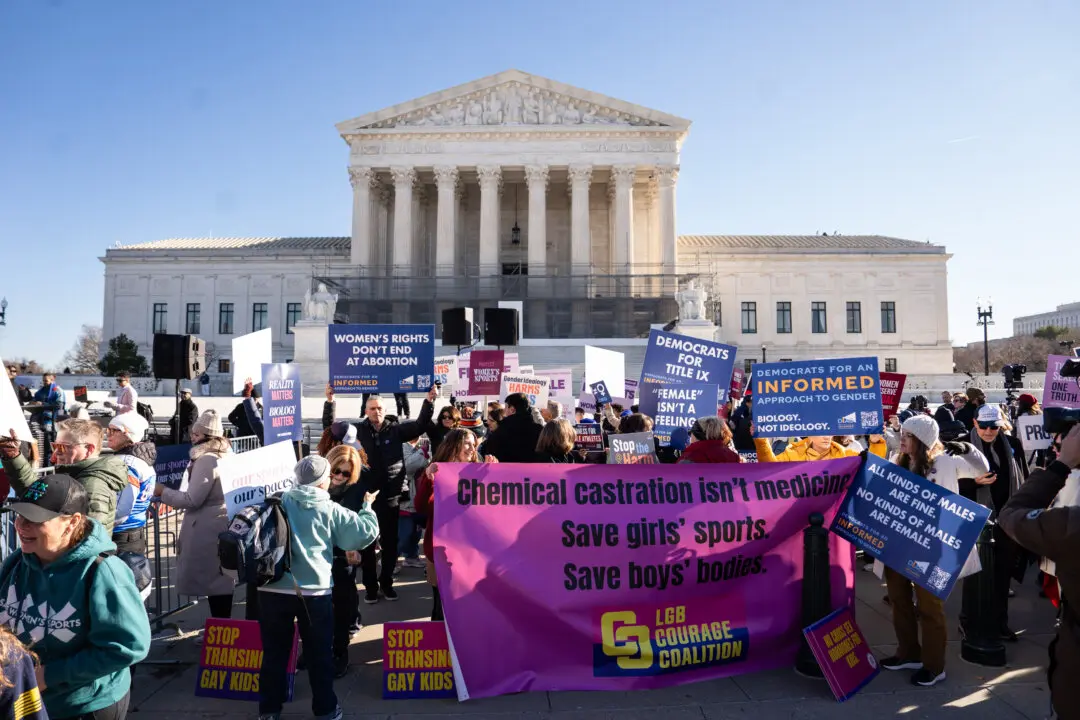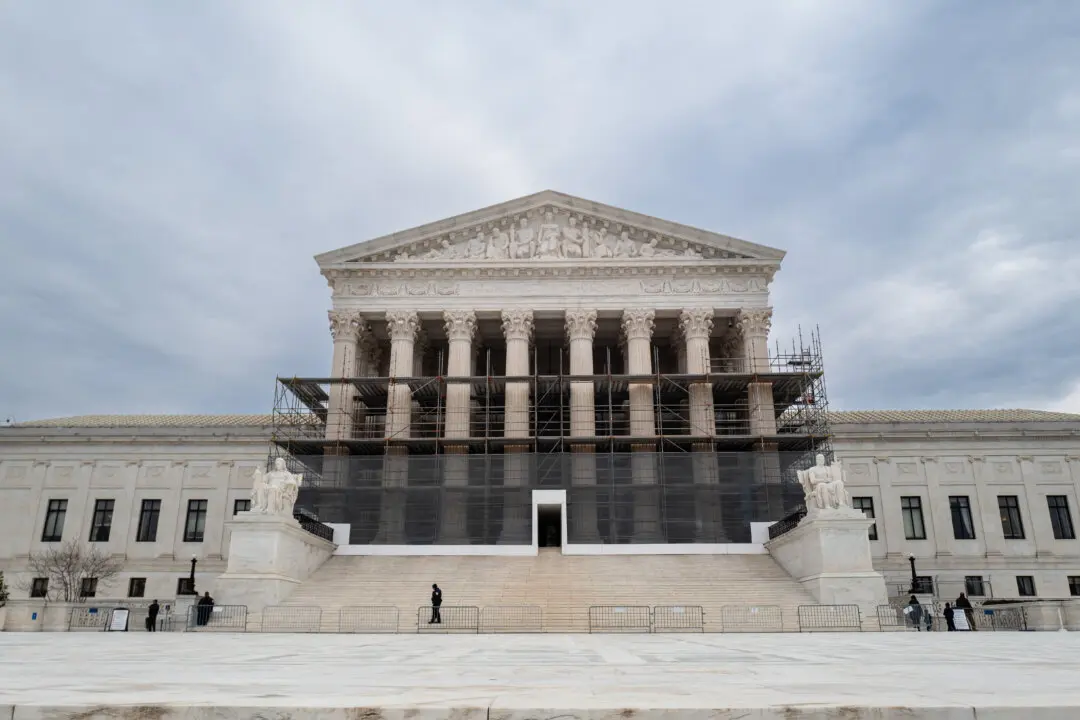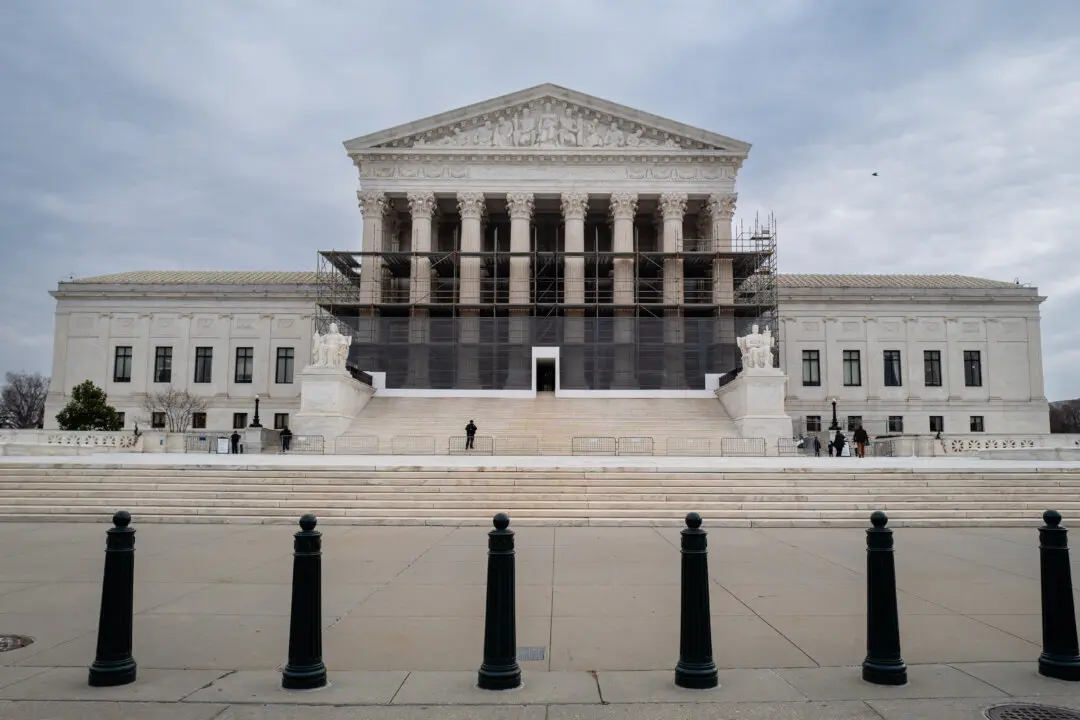The federal government shouldn’t be allowed to limit development on private land to help save an endangered species when that species doesn’t actually live there, a lumber company told the Supreme Court on Oct. 1, in a property-rights case that’s being closely watched by environmentalists and conservative advocacy groups.
Environmentalist groups are on edge because though the high court rarely takes up cases involving the Endangered Species Act, it agreed Jan. 22 to hear the case on appeal from the New Orleans-based U.S. Court of Appeals for the Fifth Circuit, which ruled in favor of the U.S. Fish and Wildlife Service (FWS), an agency within the U.S. Department of the Interior.





